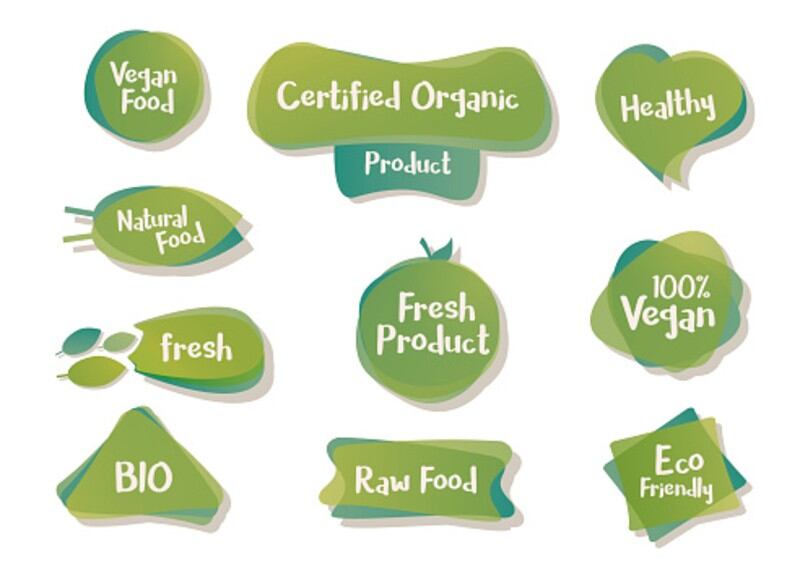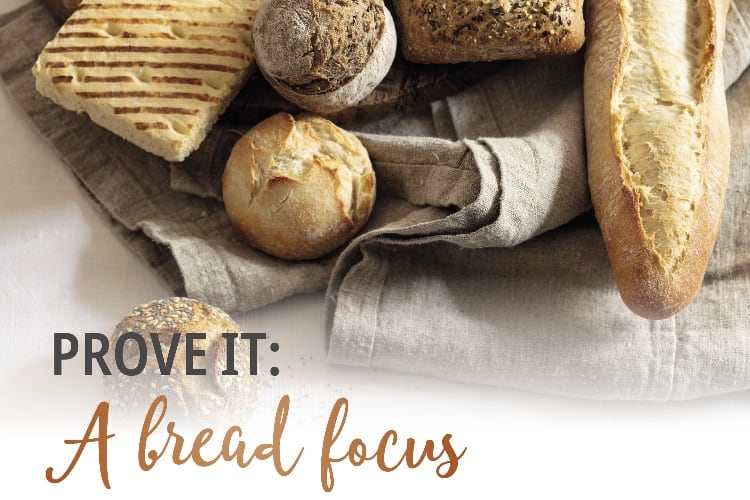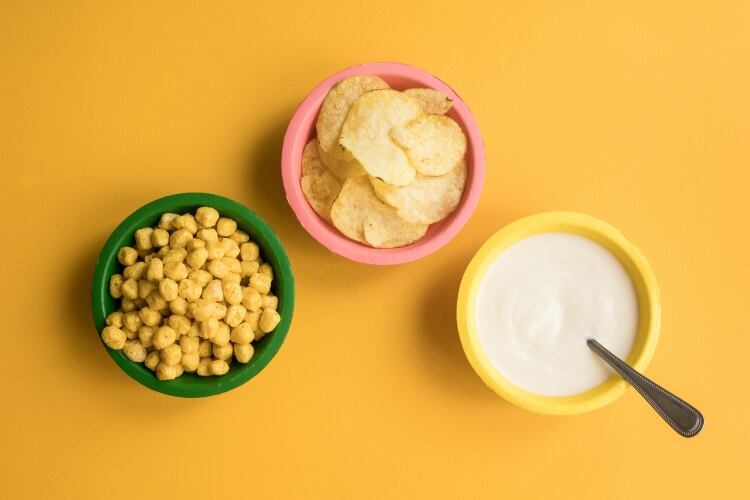The pandemic has certainly had a big impact on the global bakery industry, with research from Euromonitor showing outstanding performance across multiple countries.
Stay-at-home orders prompted a massive movement towards baking at home, which, on the whole, contributed towards decline volume sales in store, but an increase in bakery ingredients.
Euromonitor reported that even those regions that had struggling economics before the pandemic saw an increase in at home baking trend. For example, Greece saw an decrease in bread sales as more consumers baked bread at home; while in Uzbekistan, it became a Catch 22 situation with the 2.5x price increase of pan bread prompting more consumers to bake at home and the subsequent decrease on instore sales.
However, ecommerce came into play in force as bakeries across the globe adapted their strategies to get product to consumers in new ways and kept the sector buoyant.
There was also a noted shift from unpackaged products to wrapped goods for food safety reasons. However, in South America, Euromonitor data saw artisanal and unpackaged baked goods dominating sales, firstly because they were more affordable than their packaged counterparts, but more importantly, the perception of being fresher and more natural.
Interest in health and wellness – already a growing trend pre-pandemic – gained momentum from the outbreak of coronavirus as consumers placed more emphasis on their immunity. According to Vinod Rajasekharan, head of R&D at Stonefield Flavours, the bakery industry is stepping up to address these demands by innovating with better-for-you baked goods that help the consumer follow their health journey with guilt-free indulgence.
He said for the sector to continue to experience the 4.8% CAGR growth it has done since 2019, it will have to wholly embrace this demand. Better for you has different meaning to different individuals; nevertheless, it constitutes three key attributes.
Clean label
There is a definite trend towards natural, real and organic ingredients, with research from NPD noting that 65% of consumers surveyed associate ‘clean’ eating with health. Stonefield Flavours has also seen this swerve, with consumers more likely to pay more for goods made with ingredients like cane sugar and pure vanilla rather than artificial counterparts. Fruit and vegetables extracts that contain nutritional value are also replacing artificial flavours and colours.
The clean label movement is also driving the demand towards humanly raised ingredients like cage-free eggs, and bakery manufacturers continue to innovate with healthier alternatives like olive oil to replace trans-fat containing margarine or butter.
Sugar-free and lower-in-sugar treats are increasingly making their appearance, made with natural sweeteners like honey, maple syrup, molasses, fructose and stevia.
In fact, “even though natural sweeteners contain more calories than artificial sweeteners, consumers perceive these to be clean,” said Rajasekharan.
Functional ingredients
“There is a big push to incorporate functional ingredients like fibre, protein, whole grains and superfoods into bakery products to add that extra goodness,” he added, noting that 62% of Western Europe Millennials perceive ‘the best’ cakes or pastries to be those made with these ingredients.
Refined white flour is increasingly being replaced with wholewheat flour as a good source of fibre, calcium, iron and minerals such as selenium. It is also a major component in reducing risk factors of type 2 diabetes and obesity.
Fibre is certainly topping the functional list. There is a profusion of multi-grain NPDs made from oats, cracked wheat, buckwheat, barley, millet and flax and “a popular instore multi-grain bread is the ‘six-grain’ bread that contains flax seeds, wheat gram, bran and oatmeal,” said Rajasekhara.
“Chia seeds are also popularly used to add extra healthiness.”
High-fibre bakery products include plant polysaccharides and lignin that are resistant to the digestive enzymes and can help prevent issues like constipation and piles, and diseases like bowel cancer. Fibre is also low in fat and has been found to lower the risk of cardiovascular disease.
Limiting the 'no-go's'
Today’s consumers come with a multitude of likes and dislikes, and have adopted diets driven by health issues and the increasing awareness that efforts to protect the environment need to be stepped up.
Not only does the baker need to reduce the content of unhealthier trans fats, sugar and salt, but also answer to the increasing demand for vegan, GMO-free, gluten-free and allergen-free goods.
Consumer also consider better-for-you products to be not only beneficial to them, but also to the environment. This is being particularly driven by the younger demographic. An Innova Consumer Lifestyle and Attitudes Survey in 2018 found that 54% of Gen Zs around the world are concerned about the sustainability of the planet.
“The sustainability factor of a product, its packaging and ingredients resonate among Millennials and GenZ consumers. Concerns about the sustainability of the planet also shifts consumers to a more plant-based diet,” said Rajasekhara.
There is also a push towards local ingredients, which obviously result in lower carbon footprint and push the growing demand to support local communities. All-in-all, a win:win for both consumer’s growing better-for-you desires and those for the planet.





